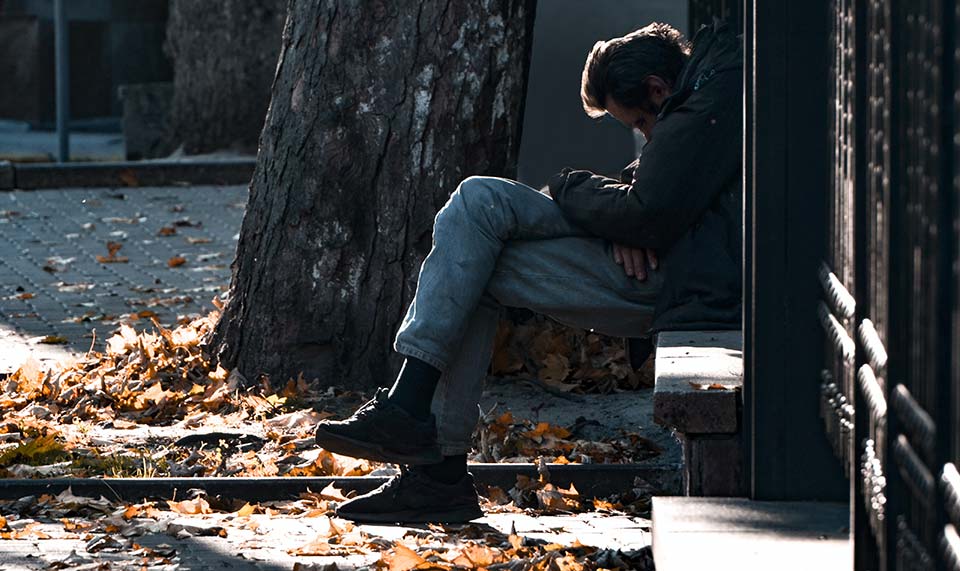Did You Know There Are Four Types of Homelessness?

When most people see someone who is homeless, they assume that they have been that way for a long time. The truth is, there is much more to the lives of the unhoused men, women, and children around us than meets the eye. There are various nuances to the experience of homelessness and each person faces a very different set of circumstances and obstacles.
At CaringWorks, we understand these unique challenges and we want to help clear up some of the common misconceptions and fear regarding our clients. So, let’s take a look at the four different types of homelessness and the specific needs of those in each category:
- Chronic homelessness
If someone has been continuously homeless for over a year, or has had at least four episodes of homelessness in the previous three years, the Federal government defines their situation as chronic homelessness. According to recent data, this category represents 24% of the total homeless population. People experiencing chronic homelessness tend to be older and are often struggling with complex health issues, disabilities, mental illness, or addiction. They typically live on the street, in a car, a park, or another location that is not suitable for human habitation. - Episodic homelessness
- Transitional Homelessness
- Hidden Homelessness
If a person has experienced at least three periods of homelessness in the previous year, their circumstances are described as episodic homelessness. Many of these individuals are younger people who may suffer from health issues or addiction. Help at this stage is critical as episodic homelessness can quickly turn into chronic homelessness and problems can become much more severe.
This type of homelessness is actually the most common, and becoming even more prevalent as a result of the pandemic. It is defined as a person who has become homeless due to a major life change or catastrophic event. These are individuals who don’t have a “safety net” of family support or a financial cushion to fall back on. If they lose their job, become sick, or experience another type of sudden life change, they lose their home. Generally, these are younger people and families who turn to a shelter or temporary housing system for only a brief stay.
There is a fourth type of homelessness that most people are not aware of because it often goes unreported and undocumented. This category is known as hidden homelessness and includes those who are temporarily living, or “couch-surfing,” with friends or family. They have no guarantee that they will be able to stay long-term and no immediate way to find a home. Because they are not in a shelter or using other forms of homeless services, they aren’t counted in standard homelessness statistics. But their struggles and instability are no less difficult. Do you also want to mention those in hotels?
At CaringWorks, we seek to understand the unique needs of each of our clients. We have helped thousands of individuals and families overcome all different types of homelessness. You can be a part of our mission to bring people home.
